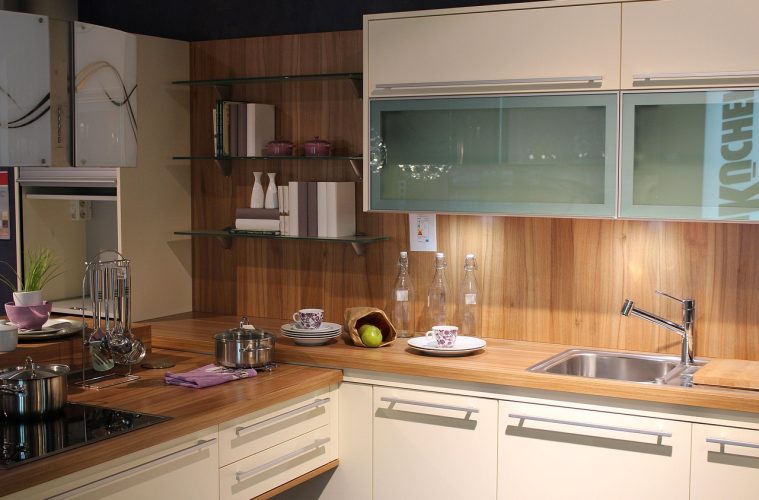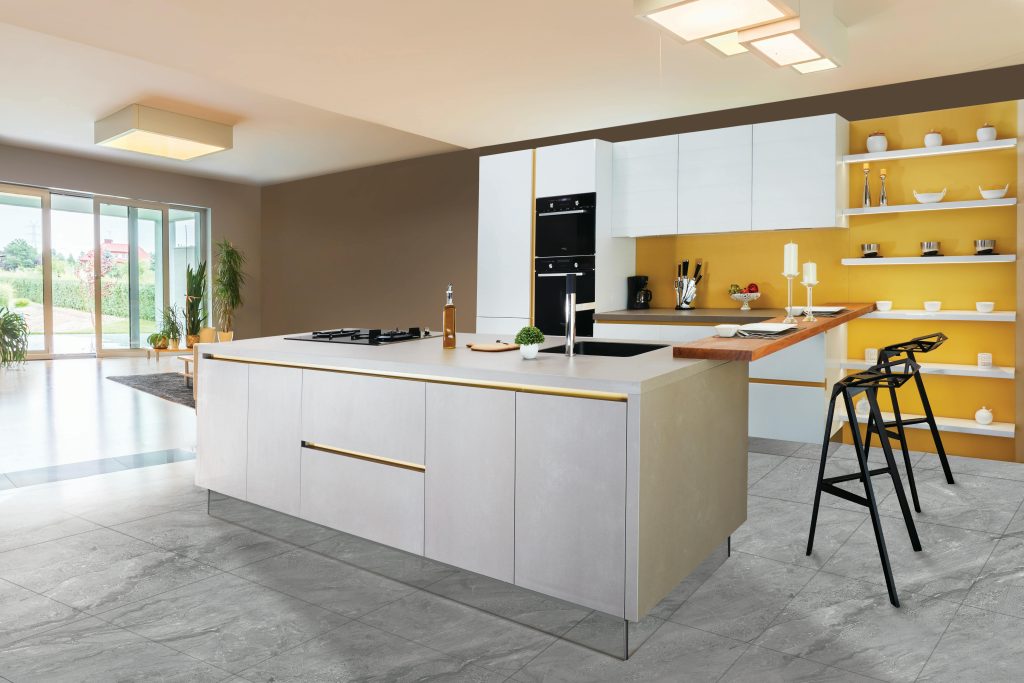Lighting plays a pivotal role in kitchens, for aesthetic appeal and for functionality. The right lighting can enhance the cooking experience, improve safety, and promote a sense of comfort. When it comes to kitchens, a smart combination of task lighting and ambient lighting is crucial.
They ensure that every culinary adventure is bright and enjoyable while creating an inviting atmosphere for friends and family. This article delves into effective methods of integrating these two lighting types, providing practical solutions that elevate both the functionality and enjoyment of your kitchen space.
Understanding Task and Ambient Lighting
Before diving into the ways to combine these lighting types, it’s important to understand what they are. Task lighting refers to focused lighting used for activities such as cooking and food preparation. Common examples include under-cabinet lighting, pendant lamps over kitchen islands, and recessed lights aimed at countertops.
Ambient lighting, on the other hand, creates a warm and comfortable glow that fills the entire space. It includes ceiling lights, chandeliers, and wall sconces. By balancing these two types of lighting, one can ensure a well-lit kitchen that serves its purpose effectively while providing an inviting atmosphere.
Optimizing Work Areas with Task Lighting
Effective task lighting is crucial in any kitchen design. Good lighting can prevent accidents, improve visibility, and enhance the cooking experience. Installing pendant lights above work surfaces adds style and provides ample illumination where it’s needed most.
A common recommendation is to position the lighting directly above the main prep area, ensuring that the shadows are minimized. The lighting beneath cabinets can be a game-changer, illuminating countertops for cutting, mixing, and baking. This focused illumination makes intricate tasks easier and enhances the aesthetic of the space.
Layering Light for Versatility
Layering different types of lights is vital for creating a versatile kitchen space. One effective method includes integrating multiple light sources at varying heights and positions. Combination wall sconces and pendant lighting add dimension while providing varying moods depending on the activity.
When hosting dinner parties or family gatherings, dimmable switches are beneficial as they allow control over brightness levels. This ability to adjust the ambiance improves the experience and can set the perfect backdrop for socializing or romantic dinners.
The Importance of Choosing the Right Bulbs
Beyond the physical fixtures, the type of bulbs you choose plays a significant role in how light is perceived in your kitchen. LED bulbs are typically the preferred choice for modern kitchens due to their energy efficiency and long lifespan.
They come in a variety of color temperatures, from soft whites that create a warm ambiance to cool whites that are more invigorating for work areas. Consider using warmer tones for ambient lighting to create a cozy atmosphere, and cooler tones for task lighting to enhance focus. Combining different temperatures can help achieve a balanced look throughout the space, ensuring that both task and ambient lighting serve their respective purposes effectively.
Utilizing Natural Light
Natural light can significantly influence the design and efficiency of kitchen lighting. Whenever possible, take advantage of windows and skylights to bring daylight into your kitchen. This provides a free and abundant light source and positively affects mood and energy levels. Installing sheer curtains can help diffuse harsh sunlight while still maintaining brightness.
To complement natural light, use reflective surfaces like glossy countertops and light-colored walls, as they can help distribute the natural light and ensure even illumination throughout the day. This approach reduces dependence on artificial lighting during daylight hours, saving energy and adding warmth to the environment.
Incorporating Dimmers for Greater Control
Dimmers are an exceptional addition to any kitchen lighting strategy. They provide a level of control that allows you to modify the intensity of both task and ambient lighting. At the beginning of the day, brighter task lighting is beneficial when prepping meals, while lower levels are ideal during relaxed evening gatherings.
Dimming the lights can create a more intimate setting, making the kitchen feel cozy as nighttime sets in. Employing dimmers on ambient lights can help showcase your kitchen’s design features, such as a stylish backsplash or decorative cabinetry, all while enhancing the vibe of the room.
Designing for Your Kitchen’s Aesthetics
Harmonizing the task and ambient lighting with the kitchen’s design is important for a coherent aesthetic. Select fixtures that complement other elements in your kitchen, including cabinetry, countertops, and appliances. Sleek, modern lighting designs pair beautifully with contemporary kitchens, while vintage fixtures can bring character to traditional settings.
By strategically placing your lighting fixtures, you can draw focus to design elements while ensuring that practical areas remain well-lit. This thoughtful integration makes the kitchen a place where both function and form coexist seamlessly.
Creating a successful kitchen lighting plan requires understanding the importance of combining task and ambient lighting effectively. By taking the time to consider various lighting solutions, you improve your kitchen’s functionality and elevate its aesthetic appeal.
Incorporating elements such as energy-efficient bulbs, dimmers, and stylish fixtures, coupled with strategic placements of task lighting, allows for an efficient workflow while enhancing the ambiance. As a space that is so vital to daily life, investing in the right lighting can transform the cooking experience from mundane to magical, ensuring your kitchen remains a welcoming hub for family and friends.
Published by HOLR Magazine.



